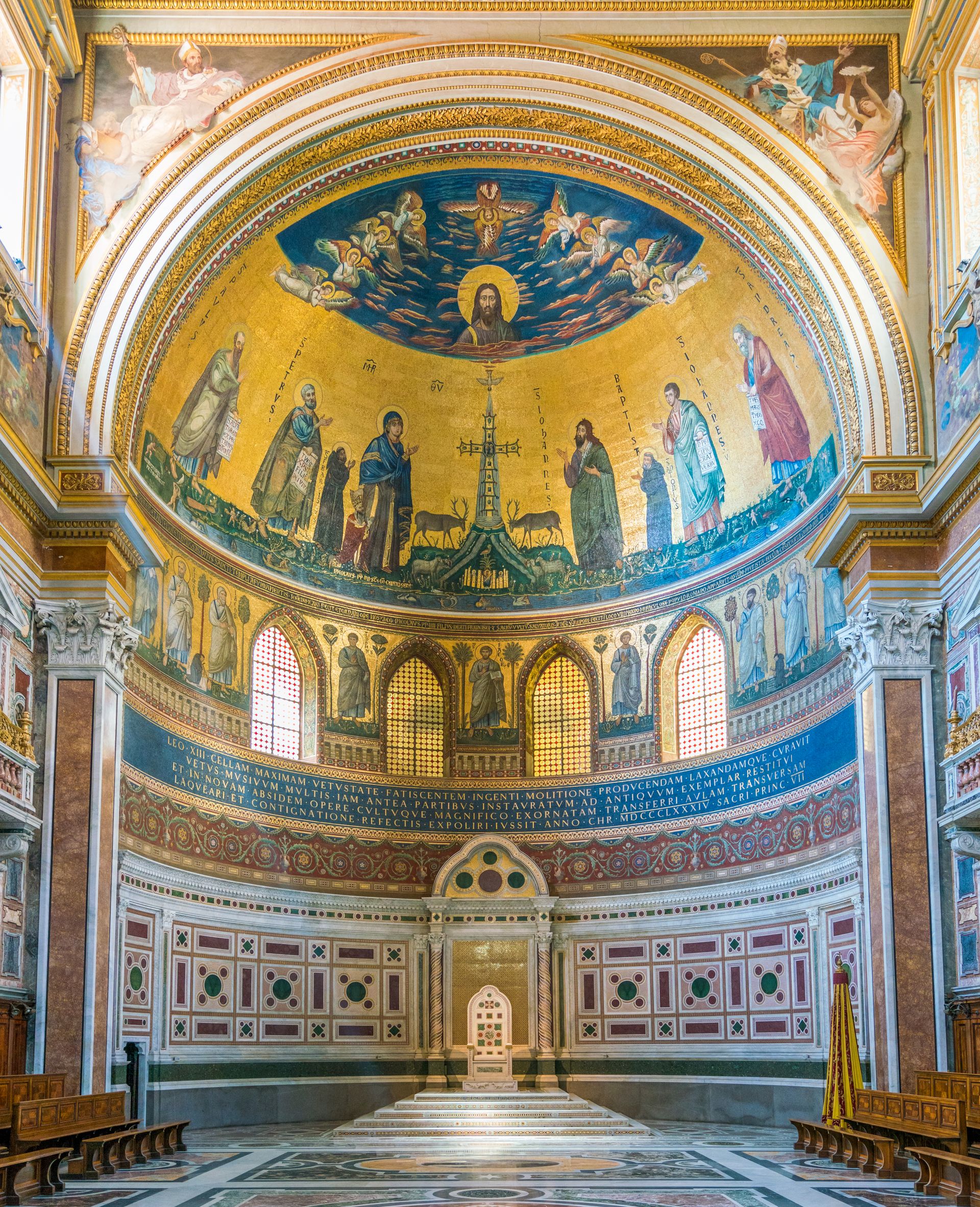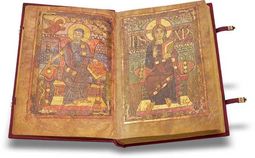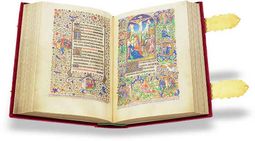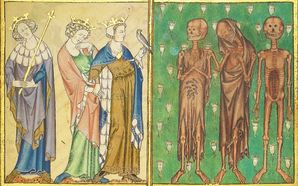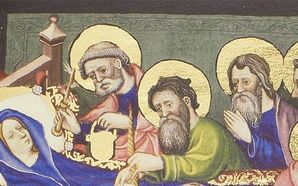The Fountain of Life Iconography: Of Healing Springs and Gardens of Paradise
Water is life! Cities are settled along rivers while wells and springs are the indispensable basis for all human life in dry regions. Oases in the desert even found their way into our language as a symbolic image long before the times of increasing droughts and water shortages. At the same time, heavy rainfall events, floods, and deluges make us aware of the destructive power of this vital resource.
Water also plays a central role in the world of Christian symbolism
Against this background, it may come as no surprise that countless legends have been entwined around this element since the earliest days of mankind. Water also plays a central role in the world of Christian symbolism – e.g., in baptism, which was originally closely associated with the idea of the so-called Fountain of Life.
The Spring of Life
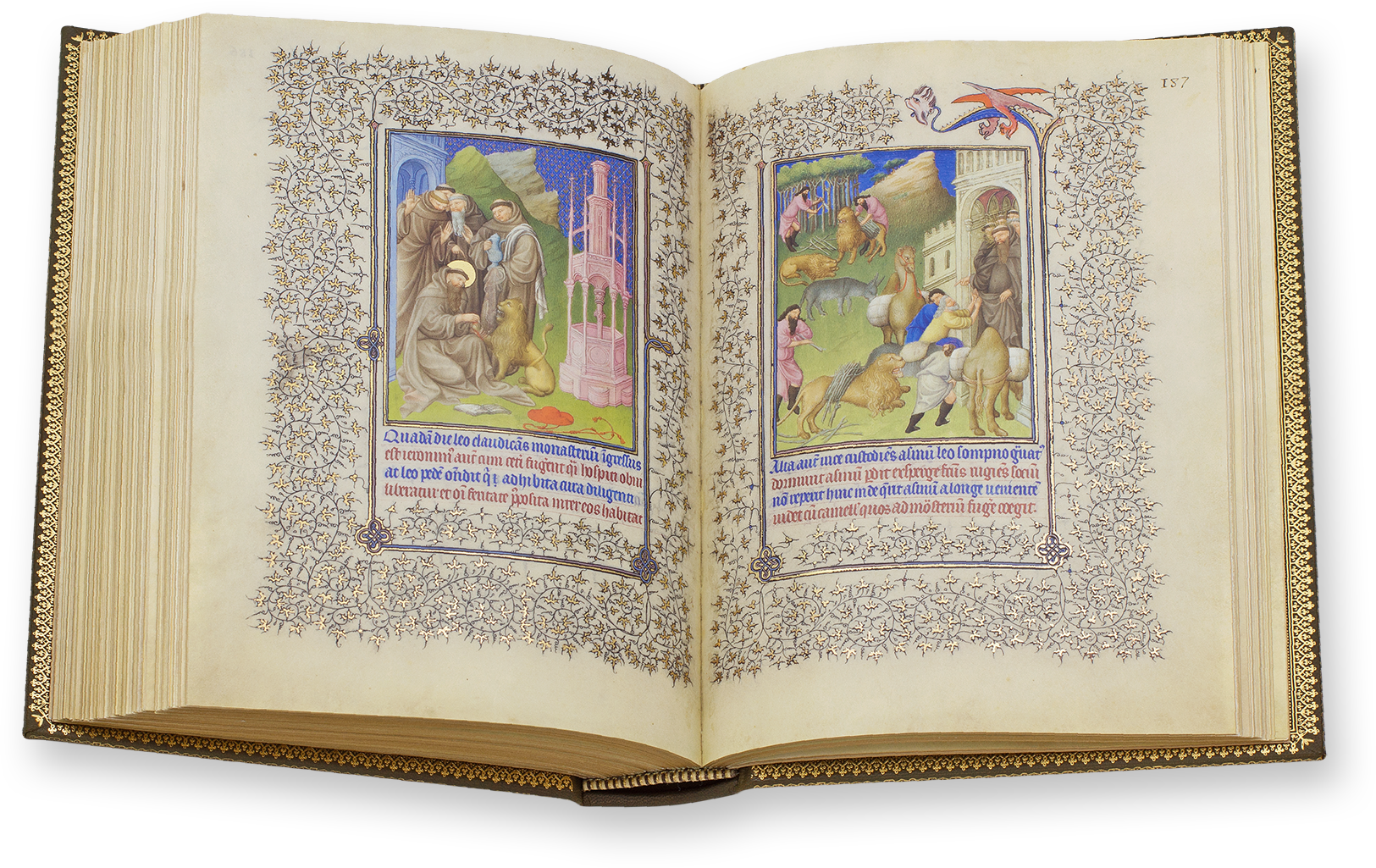
To the facsimile
Splashing water and paradisiacal landscapes – these are two core elements from depictions of the Fountain of Life, Latin fons vitae. The pictorial idea of such a "Spring of Life" has existed since early Christian times and found various forms in the Middle Ages and in the modern era. However, no uniform image types developed as in the case of the Crucifixion of Christ or the Annunciation of Mary. Rather, artists varied the creative design of the fountain or spring and often embedded the theme in other iconographies. A particularly artistic example of this is a miniature from the Belles Heures du Duc de Berry, which shows the so-called lion legend of the Church Father Jerome next to a slender Gothic well house.

Experience more
Redemption and Eternal Life
But what did the Fountain of Life mean in medieval and modern imagery? First, the water of the fons vitae refers to baptism and rebirth and thus also to the redemption of man from his sins and earthly existence. The water gives life and salvation. Thus, the Fountain of Life as a whole prefigures the Christian baptismal font, which, incidentally, was also often referred to as fons vitae. Through this reference, a representation of the Fountain of Life is also always a metaphor for Christ, who symbolizes the Church's promise of salvation with his sacrificial death on the cross. The water in the Fountain of Life corresponds to the blood he shed. At the same time, it refers to Christ's side wound, from which not only blood but also water came out. The former was interpreted as a symbol of the Eucharist, the latter as a symbol of baptism.

To the facsimile
A Premonition of Paradise
The multi-layered significance of the pictorial theme is often complemented by appropriate Paradise symbolism. Thus, symbolically charged animals and plants are often arranged around the fountain, as is the case in the Godescalc Evangelistary. Birds with magnificent plumage and red roses give the viewer an idea of what Paradise looks like. Later, the Fountain of Life is also often shown in enclosed Paradise gardens or in lush green landscapes.

Experience more
From Tholos to the Fountain

To the facsimile
In this context of interpretation, the fons vitae took on very different forms. In the Early and High Middle Ages, the representation as a tholos, or round temple, was quite common. Here, the actual enclosure of the source is spanned by a conical roof resting on several pillars, as shown by the leaf from the Codex Aureus of St. Emmeram or also the page from the Godescalc Evangelistary.
Simpler variants depict the fountain of life simply as an enclosed spring, for example in the form of a rectangular box fountain as the Bedford Hours show, or as a vase- or goblet-shaped vessel flanked by two birds. Over time, however, multi-story well houses and detailed fountains, such as the one on Jan van Eyck's so-called Ghent Altarpiece, became popular for illustrating the theme.
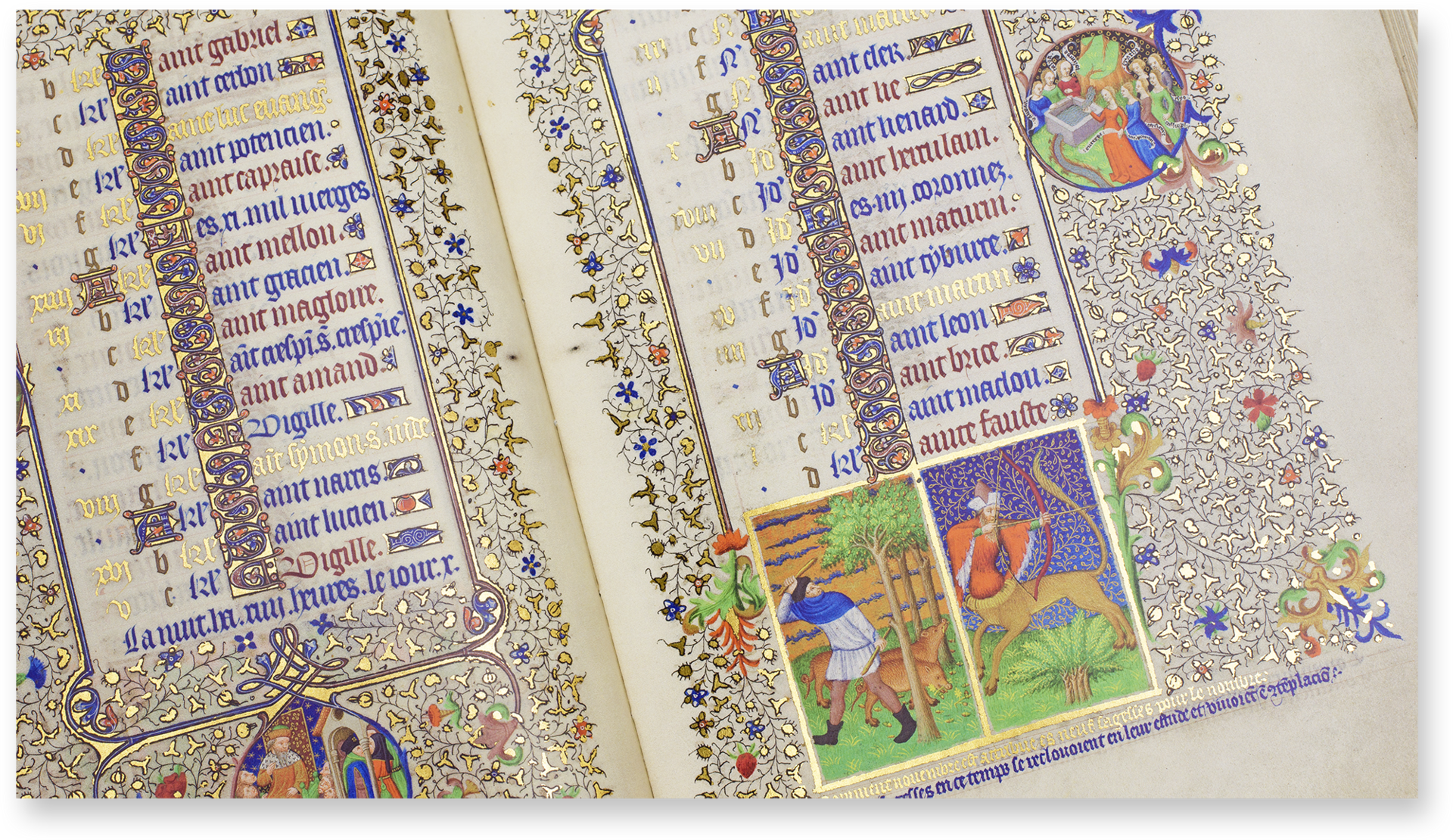
To the facsimile
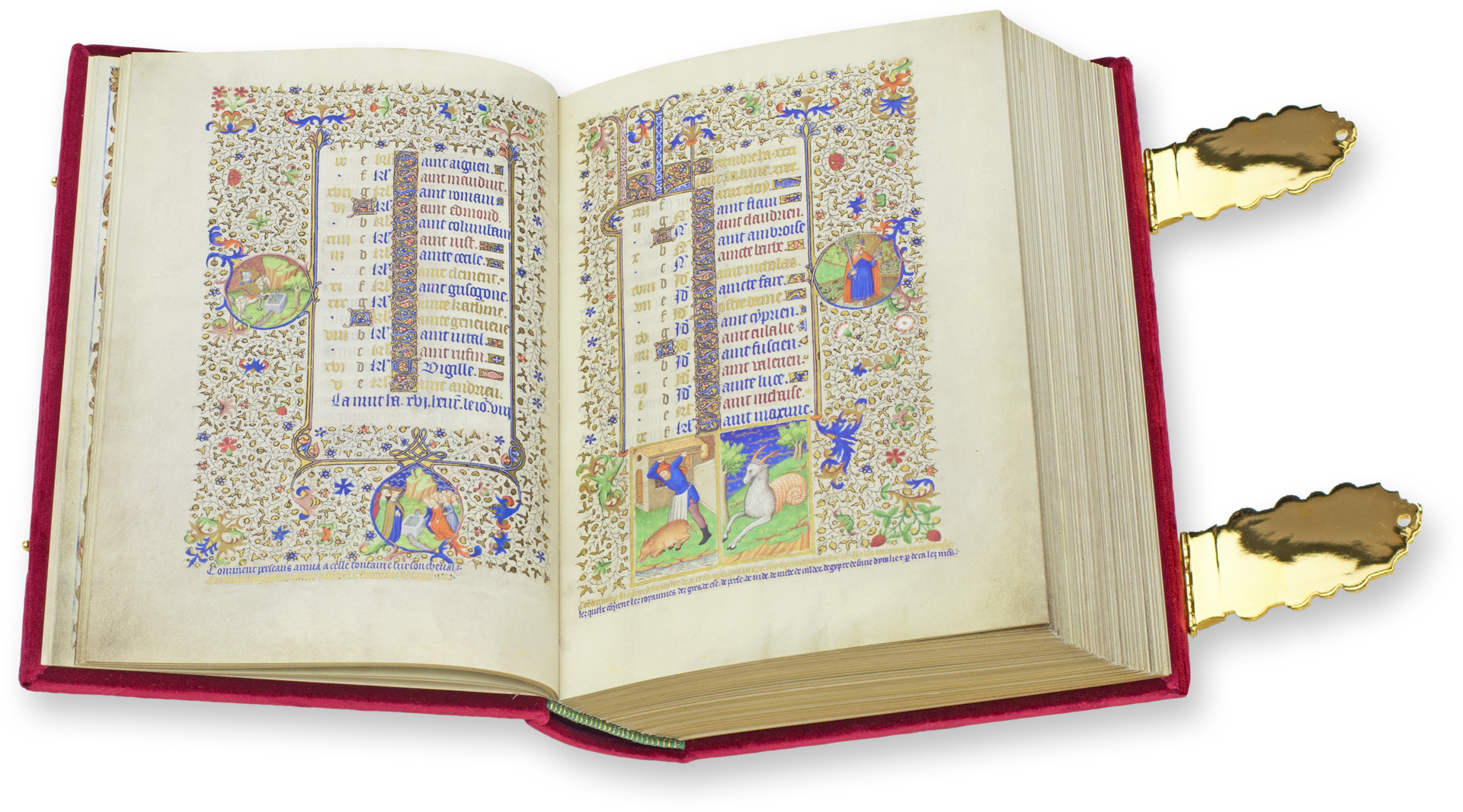
To the facsimile
The Mount of Paradise
A special variant that was developed further is the Mount of Paradise, from which the four rivers of Paradise – Phison, Geon, Tigris, and Euphrates – rise. They were associated with the Four Evangelists who spread the teachings of Christ. Two pages preceding the Gospels of Matthew and Luke in the Gospels of Otto III are designed accordingly. Christ appears in both miniatures as the source of salvation and is depicted centrally above a cluster of rocks from which two of the four rivers of Paradise flow out in each image. The appropriate Evangelist symbols, which are integrated into the hieratic compositions in medallions above Christ's head, are also not missing.
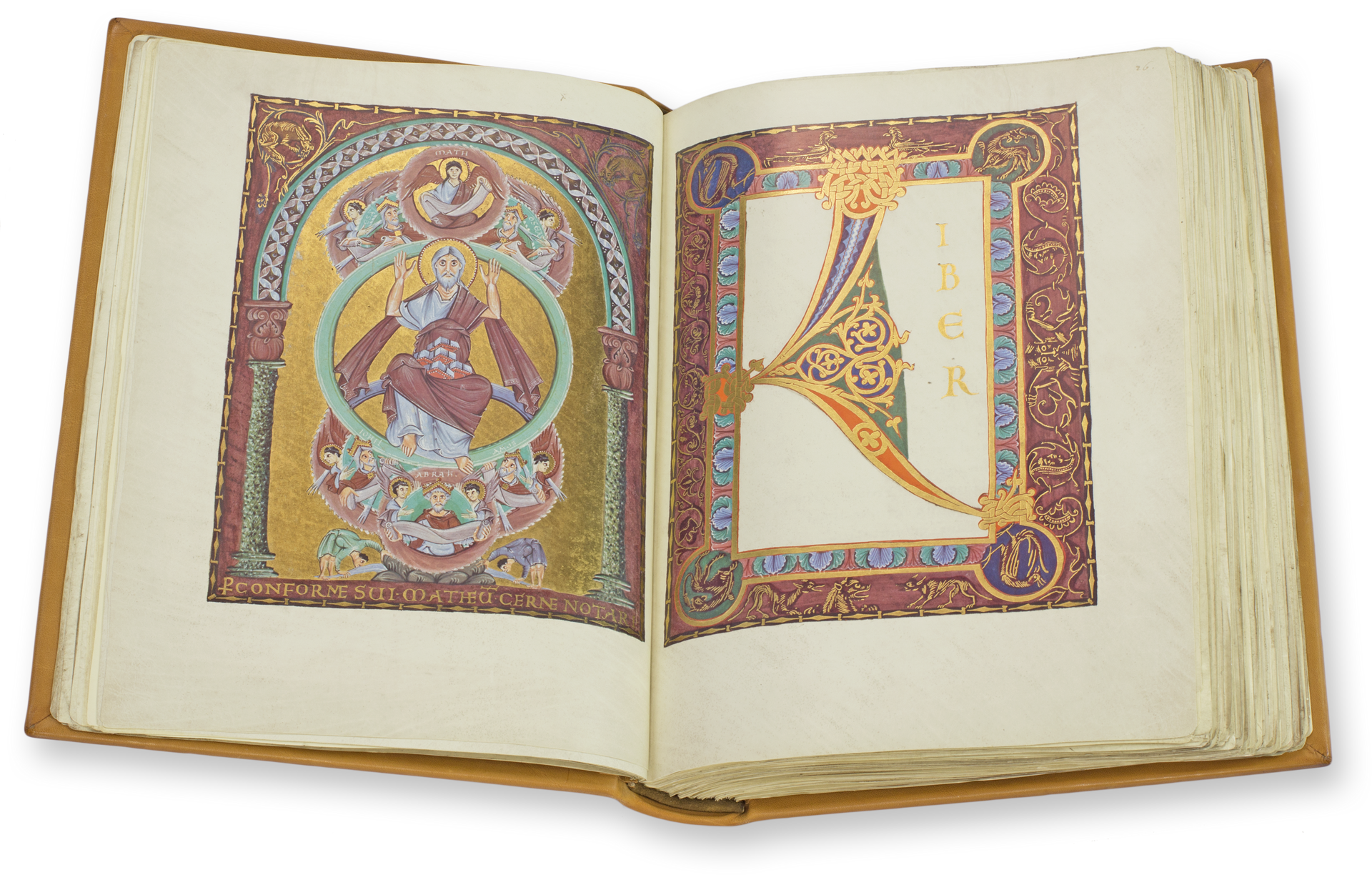
To the facsimile
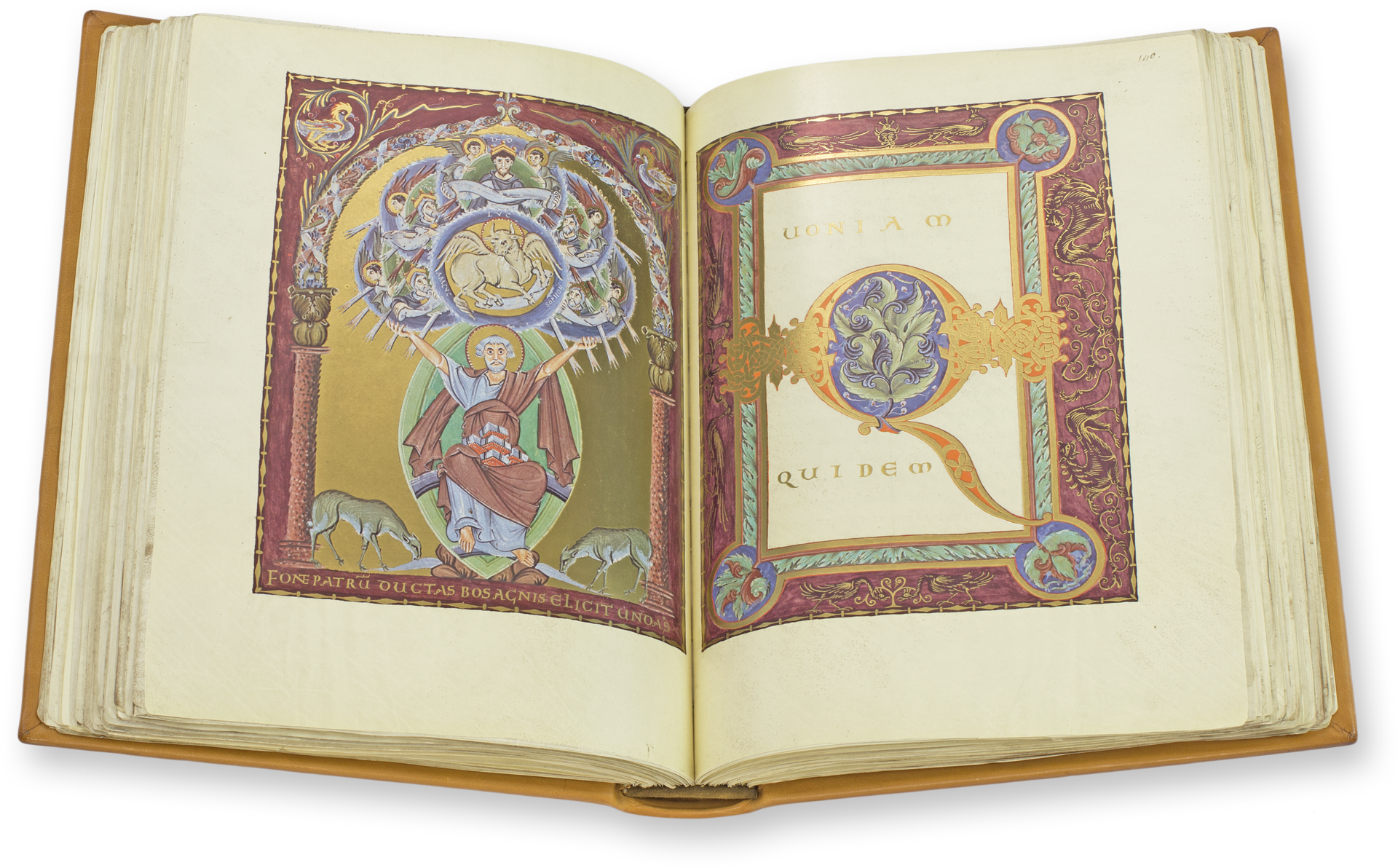
To the facsimile
Blood as Elixir of Life
Another special form of Fountain of Life iconography is the fons pietatis, English "Font of Mercy". Here, the redemption through Christ's sacrificial death is clearly placed in focus, in that the respective fountain contains the blood of the sacrificed instead of clear water. This is usually depicted with the Crucified Christ or the Man of Sorrows above the fountain enclosure, which serves as a catch basin for his blood as it flows down. This rather bloodthirsty-looking tradition of representation developed in the Late Middle Ages out of the need to be able to recreate Christ's suffering in private piety and was widespread above all in panel painting.

Experience more
The Power of Water
In modern times, the idea that certain waters and springs have mythical powers has continued. For example, the legend of theFountain of Youth, the source of eternal life, which has been known since ancient times, enjoys great popularity, e.g., among fortune seekers who sought for it in the New World. Many paintings by old masters show the legendary spring, which promises rejuvenation and healing to those who drink it and bathe in it. And even today, people are concerned with particularly healthy, healing, or energizing spring waters – just think of thermal baths or the virtually legendary Fiji Water. As we have seen, this fascination is based on a long tradition and the exciting iconography of the Fountain of Life.

